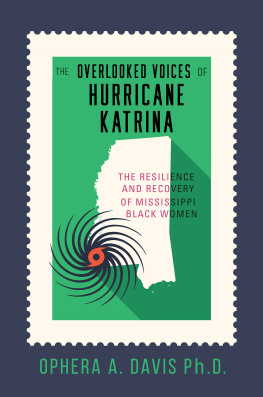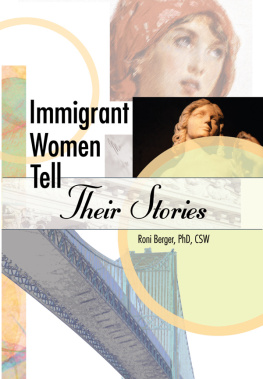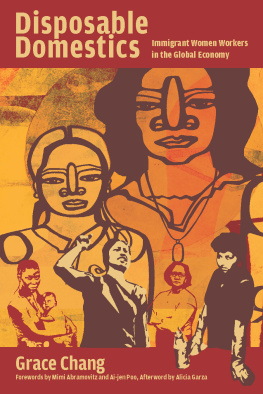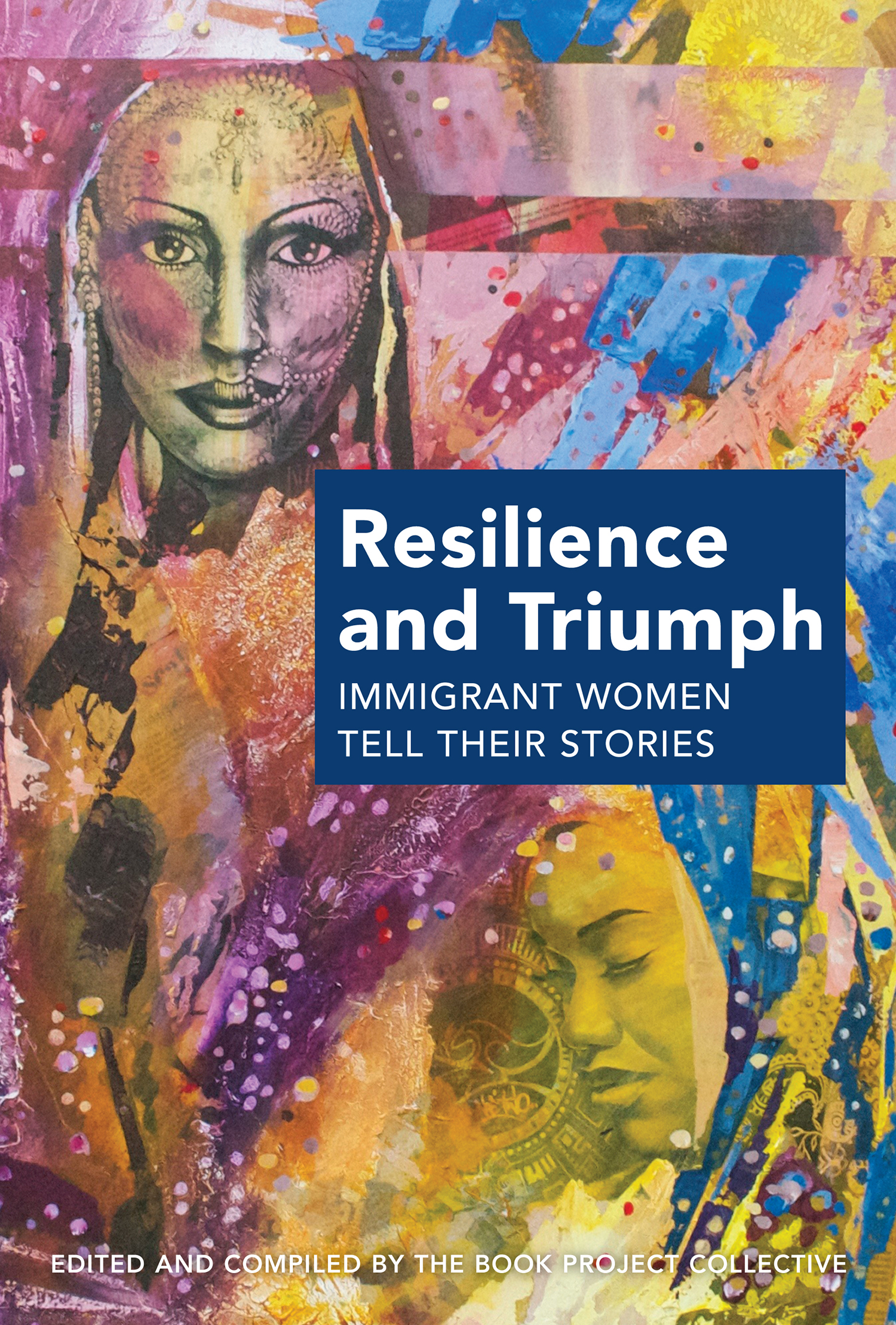Preface
Yasmin Jiwani
Stories must have a home in a community of listeners for whom the story makes a claim that will be remembered.
PARIN DOSSA (Politics and Poetics of Migration, 2004, p. 22)
When I was asked to write this preface, I was both thrilled and honoured. Thrilled because I had never read such an extensive collection of immigrant womens stories stories that traversed different time periods, stories that encompassed such a diversity of styles, formats, and narratives. The honour comes from being able to comment on this brilliant collection representing women who have forged the path, clearing the way for me and others like me, and who have, in their writings, stories, and voices, mentored me in so many different ways. From them, I draw the courage to go on, to persist and like flowing water, erode the barriers of patriarchy, white dominance, and exclusion. From them, I draw the strength to continue in what sometimes seems like an endless struggle.
Resilience and Triumph: Immigrant Women Tell Their Stories, comes from a home, to use Parin Dossas words, and is told to listeners in the wider context of a national home so as to claim space as a legitimate and valued repository of knowledge. The narratives that it recounts are of strength and resilience in the face of adversities; persistence in the face of exclusion; rejuvenation in the face of isolation; and above all, hope against all hope. It is a collection that immediately brings to mind Antonio Gramscis powerful call for pessimism of the intellect, optimism of the will, highlighting the myriad injustices that immigrant women have faced and their theorizing and political mobilization in countering these, but also, the fortitude of their perseverance against the odds.
This work is truly inspiring on a number of levels. On the one hand, it documents a buried history the history of the women who have immigrated to Canada and made their second and sometimes third homes here. This strategic move effectively dislodges the normative and dominant national story in which women who are identified as racialized minorities are often erased and their contributions minimized. The erasure and/or minimization of herstory has occupied feminist historians for several decades, and their efforts at uncovering the submerged narratives of womens lives in the making of the nation is revealing, as is evident in the series in which this present collection is featured. That herstory speaks to the hidden, yet core grounding of the nation, which womens lives represent. It is this feminist spirit that animates the stories that are compiled in this anthology.
Tactically, this collection offers enormous insight into the range of ways in which immigrant, racialized women have survived and thrived. Drawing, in many cases, from the inspiration they received from their mothers and grandmothers, their narratives gesture to the importance of cultural/familial continuity emphasizing the role of women as reproducers of culture and nation. But more than that, this collection breathes life into the role of the mother, not simply as a reproducer, but as a strong, resilient force of power whose material and spiritual embrace one simply cannot forget, nor survive without. The mother then comes to represent all that is life-giving and affirming and where she is corporeally absent, her properties resonate with a faith community, cultural lore memory.
What is all the more remarkable is the lived history embedded in, and embroidering, the stories that are captured in Resilience and Triumph. Here, one gets an acute sense of not only the struggles and the achievements, but also of the broader context in which these women lived and continue to live. Their stories speak to the everyday the lived realities at the ground level and though short, they testify to the force of individual actions in gathering momentum for social change. The everyday organizing, similar to the organizing that went into making this collection possible, reflects the power of tactics in altering a course of history, in making institutions accountable, and in fomenting social change. Those tactics range from the very act of asserting oneself, taking voice and speaking truth to power, to collective mobilization through a multitude of forms, whether it is in the practice of everyday life or through performance in poetry, literary, or artistic productions.
The sheer diversity of this collection of narratives is enough to dismantle the discourse on homogeneity that characterizes stereotypical views of immigrant women, of racialized communities, and processes of fitting in. We are made aware of what we are attempting to fit into and the ingenuity with which we do this. As the stories reveal, not all of us have suffered the same hurdles, nor have all of us succumbed to traditional patriarchal impulses within our communities. Instead, many of us have chosen to walk our own paths, creating a hybrid existence that borrows from numerous sources to refashion lives worthy of living and lives worthy of remembrance.











